Blog
Blog
Nevada Turf Installers
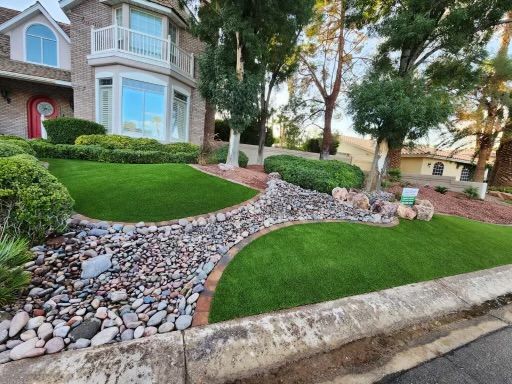
By 7082201107
•
November 21, 2023
As the temperature starts to drop and the days get shorter, it's time to start thinking about preparing your yard for winter in Las Vegas, Nevada. While the winters in Vegas may not be as harsh as in some other parts of the country, it's still important to take some steps to prepare your yard for the colder months ahead. Here are some tips on how to get your yard ready for winter in the Vegas area. Clean Up Your Yard Before winter arrives, it's important to clean up your yard and remove any debris that has accumulated over the summer and fall months. This includes leaves, branches, and any other clutter that may have gathered in your yard. Not only does cleaning up your yard make it look better, but it also helps to prevent pests and diseases from taking hold in your yard during the winter months. Trim Your Trees and Shrubs Trimming back your trees and shrubs before winter arrives will help to keep them healthy and strong. This is particularly important in Vegas, where winter temperatures can fluctuate, and strong winds are common. Pruning back your trees and shrubs will also help to prevent any potential damage from heavy snow or ice storms that may occur during the winter months. Protect Your Plants While the winters in Vegas may not be as cold as in some other parts of the country, it's still important to protect your plants from the cooler temperatures. Consider covering any delicate plants with a protective covering, such as burlap or a frost cloth, to help insulate them from the cold. This is particularly important for any tropical or subtropical plants that may struggle to survive the colder temperatures. Fertilize Your Lawn Fertilizing your lawn before winter arrives can help to keep it healthy and strong. A high-phosphorus fertilizer is best for fall and winter lawn care, as it helps to promote strong root growth, which will help your lawn to bounce back when spring arrives. Be sure to water your lawn well after applying the fertilizer to help it soak into the soil. Mulch Your Garden Beds Adding a layer of mulch to your garden beds before the first frost arrives can help to protect your plants and soil over the winter months. Mulch helps to insulate the soil, keeping it at a more even temperature and protecting it from freezing and thawing cycles that can damage plant roots. In addition, mulch helps to retain moisture, which can be particularly important during the drier winter months. Winterize Your Irrigation System If you have an irrigation system in your yard, it's important to winterize it before the temperature drops. This involves draining your irrigation lines to remove any excess water and turning off the system to prevent any potential damage from freezing temperatures. If you're not sure how to winterize your irrigation system, it's best to contact a professional to help you. Inspect Your Outdoor Lighting Before winter arrives, take some time to inspect your outdoor lighting to ensure that it's in good working order. This includes checking for any broken or damaged fixtures and replacing any burned-out bulbs. By ensuring that your outdoor lighting is in good shape before winter arrives, you can help to keep your yard safe and well-lit during the longer, darker nights. Cover Your Patio Furniture and Grill If you have patio furniture or a grill, it's important to cover and protect them for the winter months. This will help to prevent any potential damage from the cooler temperatures and the occasional winter storm. Consider investing in durable, weatherproof covers for your patio furniture and grill to help keep them in good condition for the spring and summer months. Check for pest infestations Winter can be a time of hibernation for many pests, but they can still cause damage to your yard if left unchecked. Before the cold weather sets in, take the time to inspect your yard for signs of pest infestations, such as rodent burrows or insect nests. If you discover any issues, it's important to address them before winter arrives to prevent further damage. Insulate outdoor faucets and pipes Freezing temperatures can cause outdoor faucets and pipes to burst, leading to costly repairs. To prevent this from happening, it's important to insulate any outdoor faucets and pipes to protect them from the cold. This can be done using foam pipe insulation or heat tape, which can help to keep the water flowing and prevent freezing. Consider hiring a professional If you're feeling overwhelmed by the task of preparing your yard for winter, consider hiring a professional landscaping service to help. A professional can provide you with expert advice and take care of all the necessary preparations to ensure your yard stays healthy and vibrant throughout the winter months. Even though we at NTI don’t handle ongoing maintenance, we would be happy to provide a couple of referrals if needed. By taking the time to prepare your yard for winter in Las Vegas, you can help to ensure that it stays healthy and strong during the colder months. From cleaning up your yard to protecting your plants and outdoor furniture, these tips can help you get your yard ready for winter and keep it looking great all year round. So, before the temperatures drop, take some time to get your yard in good shape for the winter months ahead. At Nevada Turf Installers , rely on our 25 years of landscape design experience to create an outdoor oasis for you. From artificial grass and pavers & to irrigation and planting. For complete custom landscaping & artificial turf options , call us at (702) 788-1934
October 26, 2023
Designing your backyard to enjoy the best in outdoor living is all about creating a space that is comfortable, functional, and inviting. Here are some tips to help you create the perfect backyard oasis: 1. Define different areas: Start by dividing your backyard into different zones based on how you intend to use the space. For example, you might have an outdoor dining area, a lounge area with comfortable seating, a fire pit or fireplace area, and a play area for children. Clearly define these areas with flooring, landscaping, or even different levels to create visual cues and separate the spaces. 2. Provide shade: Outdoor living is all about enjoying nature, but sometimes the sun can be too intense. Install a pergola, shade sail, or large umbrellas to provide shade over your seating and dining areas. This will make your backyard more comfortable and allow you to spend more time outside even on hot days. 3. Create a focal point: To make your backyard visually appealing, consider adding a focal point such as a water feature, a sculpture, or a fireplace. This will draw the eye and create a sense of balance and harmony in your outdoor space. 4. Incorporate natural elements: Bring nature into your backyard by incorporating natural elements such as plants, rocks, and wood. Plant a variety of flowers and shrubs to add color and texture, use rocks to create pathways or borders, and incorporate wooden furniture or decking for a warm and earthy feel. 5. Consider privacy: If you want to enjoy your outdoor space in peace, it's important to create privacy. Use tall plants, trellises, or fences to block the view from neighboring properties or busy streets. You can also consider installing outdoor curtains or privacy screens to create a more intimate atmosphere. 6. Add lighting: To extend the use of your outdoor living space into the evening, add outdoor lighting. Use a combination of pathway lights, string lights, and a few well-placed spotlights to create ambiance and ensure safety. This will allow you to enjoy your backyard well after sunset. 7. Comfortable seating: Invest in comfortable outdoor furniture that is suitable for your intended use. Make sure there are enough seating options for your family and guests, and choose cushions and fabrics that are weather-resistant and easy to clean. 8. Outdoor kitchen or bar: If you love entertaining, consider adding an outdoor kitchen or bar area to your backyard. This can include a grill, a mini fridge, a sink, and a countertop for food preparation and serving. It will allow you to cook and socialize with your guests without having to constantly go inside. 9. Play area for children: If you have children or grandchildren, don't forget to create a designated play area for them. This could include a swing set, a sandbox, or even a small playhouse. Make sure the area is safe and easily visible from the seating area. 10. Maintenance and simplicity: Lastly, consider the maintenance aspect when designing your backyard. Choose plants and landscaping features that are easy to maintain, and avoid cluttering the space with too many decorative items. Keep the design simple and functional so that you can spend more time enjoying your outdoor living area and less time on upkeep. Stay tuned for our next blog which will discuss how artificial grass will help compliment your outdoor living. At Nevada Turf Installers , rely on our 25 years of landscape design experience to create an outdoor oasis for you. From artificial grass and pavers & to irrigation and planting. For complete custom landscaping & artificial turf options , call us at (702) 788-1934
July 29, 2023
Introduction Maintaining a lush green lawn during the scorching heat of summer can be a challenging task. The hot temperatures, intense sunlight, and lack of rainfall can cause significant stress to your grass, leading to browning and patchiness. However, with the right strategies and a little extra care, you can keep your lawn looking vibrant and healthy throughout the hottest months of the year. In this article, we will explore effective techniques to help you maintain a green lawn that will be the envy of your neighborhood. 1. Watering Practices Proper watering is crucial to keep your lawn green during a hot summer. Here are some key tips: a. Water deeply and infrequently: Instead of frequent shallow watering, deeply water your lawn 6 days a week. This encourages deep root growth, making your grass more resilient to drought conditions. Apply at least one inch of water each time you water. b. Early morning watering: Water your lawn early in the morning when temperatures are cooler. This allows the grass to absorb the moisture before it evaporates, reducing the risk of fungal diseases. c. Use sprinklers efficiently: Adjust your sprinklers to ensure even coverage, avoiding water wastage. Consider investing in a smart irrigation system that adjusts watering schedules based on weather conditions and moisture levels. 2. Soil Care Healthy soil is the foundation for a green lawn. Follow these soil care tips: a. Aerate the soil: Aerating your lawn improves soil compaction, allowing water and nutrients to penetrate deeper. Use a core aerator or hire a professional to do the job. b. Apply compost or organic matter: Top-dress your lawn with a thin layer of compost or organic matter. This enriches the soil, improves water retention, and enhances microbial activity. c. Avoid excessive fertilization: While fertilization is important, avoid overdoing it during the hot summer months. Excessive nitrogen can burn the grass and make it more susceptible to heat stress. Follow the recommended application rates. 3. Mowing Techniques Proper mowing practices contribute to the overall health and appearance of your lawn: a. Raise the mower height: Set your mower to a higher cutting height during summer to shade the soil and promote deeper root growth. Taller grass also helps to retain moisture. b. Regularly sharpen mower blades: Dull blades can tear the grass, leading to a weakened appearance and increased water loss. Keep your mower blades sharp for clean cuts. c. Leave grass clippings: Instead of bagging the clippings, leave them on the lawn. They act as natural mulch, returning nutrients to the soil and reducing water evaporation. 4. Shade and Sunscreen Providing shade and protection from intense sunlight can significantly benefit your lawn: a. Use shade structures: If certain areas of your lawn receive excessive sun exposure, consider using shade structures like pergolas, umbrellas, or shade sails to protect the grass. b. Avoid parking on the grass: Parking vehicles on the lawn can cause significant damage due to the heat generated by the engine and the weight of the vehicle. Keep vehicles off the grass as much as possible. c. Consider temporary shade cloth: For particularly vulnerable areas, such as newly seeded or sodded sections, you can use temporary shade cloth to shield them from direct sunlight until they become established. Conclusion Maintaining a green lawn in the middle of a hot summer requires a combination of proper watering, soil care, mowing techniques, and shade provision. By following these strategies, you can help your lawn withstand the challenges of heat and keep it looking lush and vibrant. Remember, consistency is key, so establish a routine and stick to it throughout the summer months. With a little extra care and attention, your lawn can remain a refreshing oasis amidst the summer heat. Many however have chosen to bypass real grass altogether & switch to artificial turf . We will be discussing the advantages to having artificial grass in our next blog. Stay tuned ! At Nevada Turf Installers , rely on our 25 years of landscape design experience to create an outdoor oasis for you. From artificial grass and pavers & to irrigation and planting. For complete custom landscaping & artificial turf options , call us at (702) 788-1934
serving Area
Las Vegas, NV
and surrounding areas
Business Hours
- Mon - Sun
- -
LICENSING NUMBERS
- C10-0089423
- C18-0089643
Bid Limit
- $450,000
Hi. Do you need any help?
Privacy Policy
| Do Not Share My Information
| Conditions of Use
| Notice and Take Down Policy
| Website Accessibility Policy
© 2025
The content on this website is owned by us and our licensors. Do not copy any content (including images) without our consent.

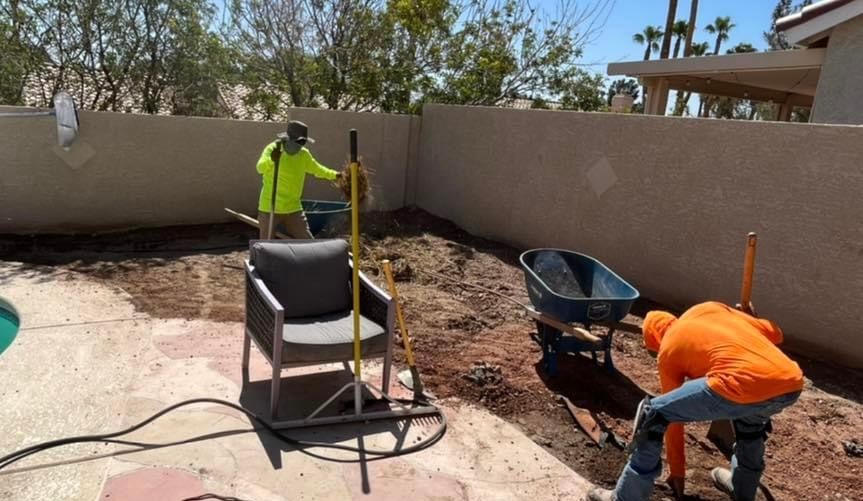
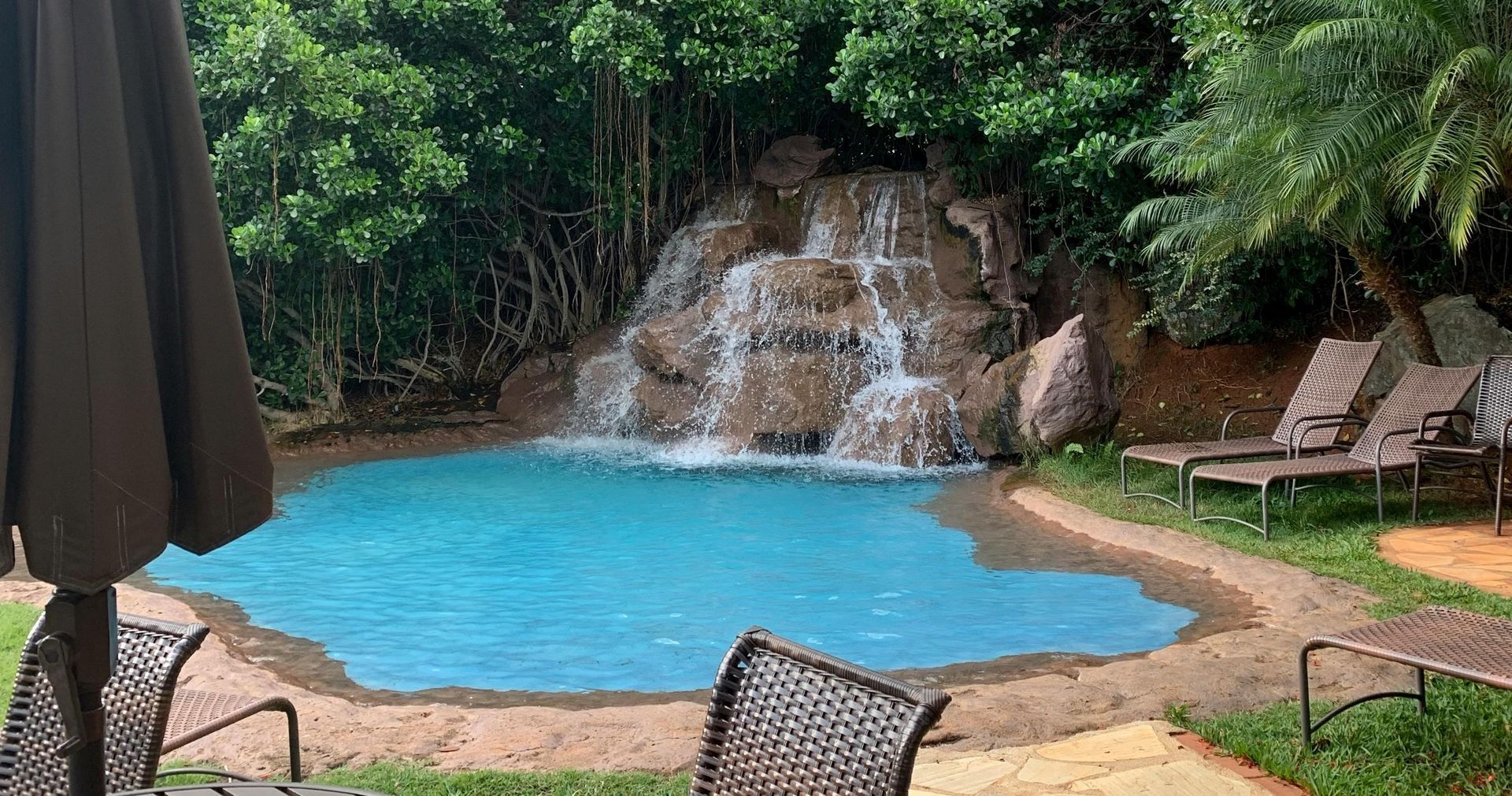
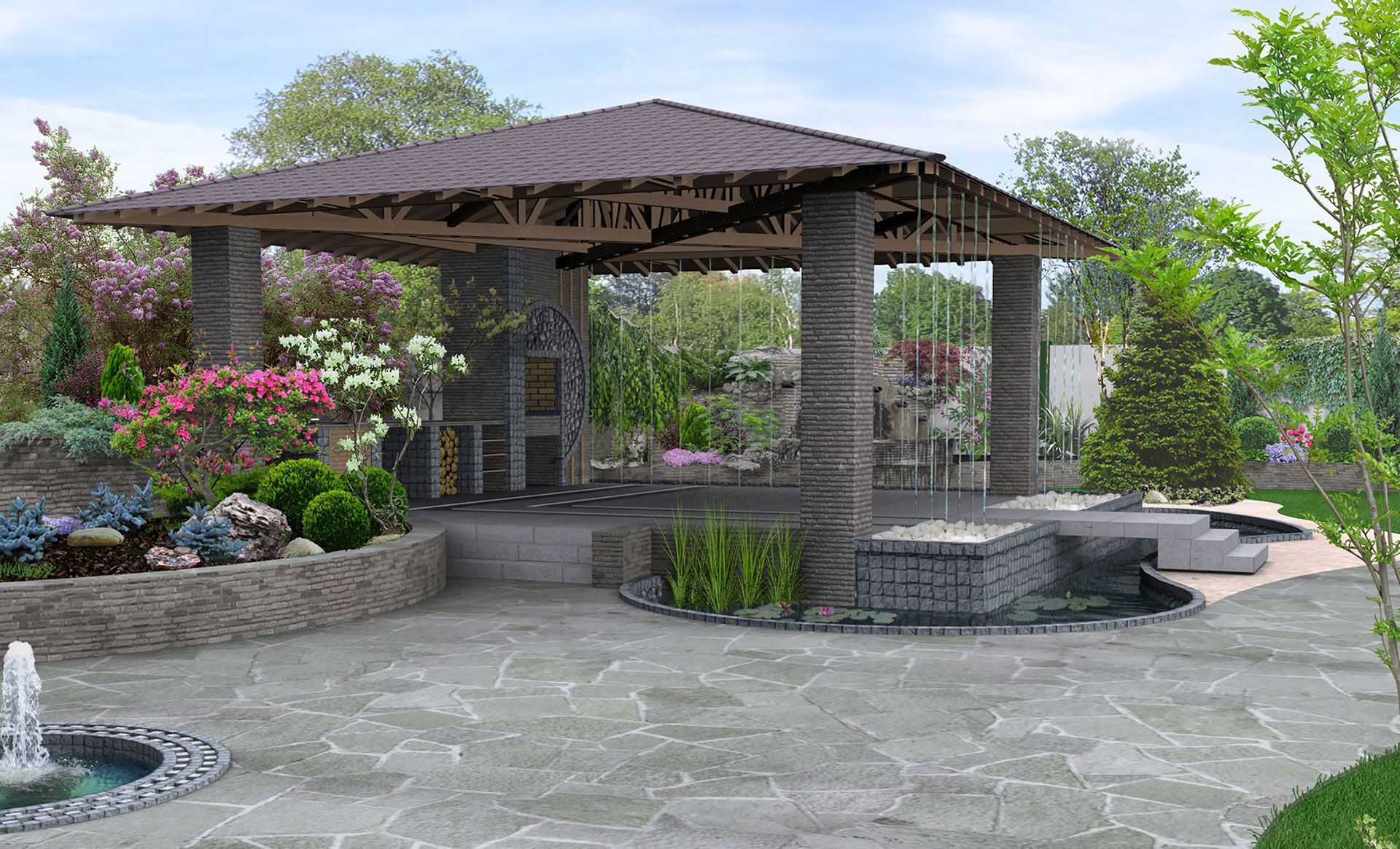
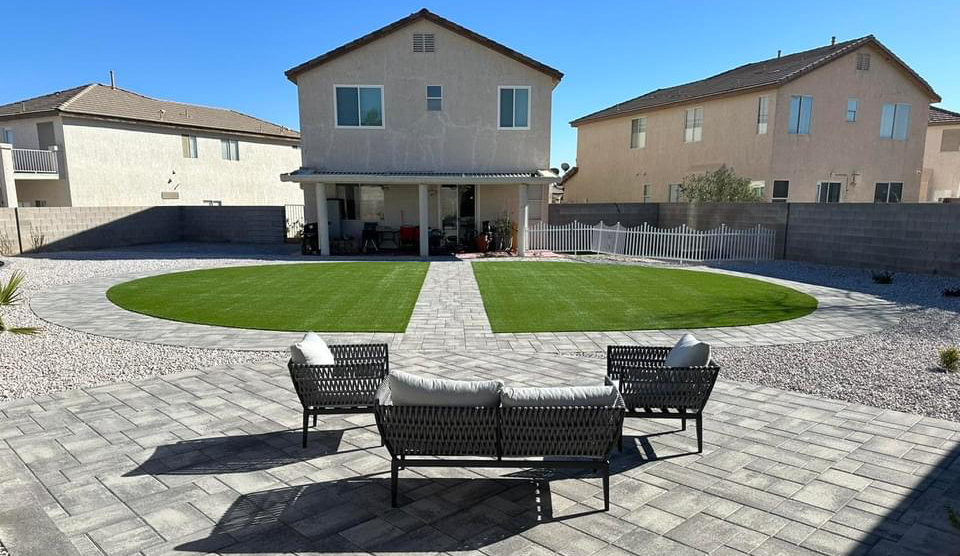
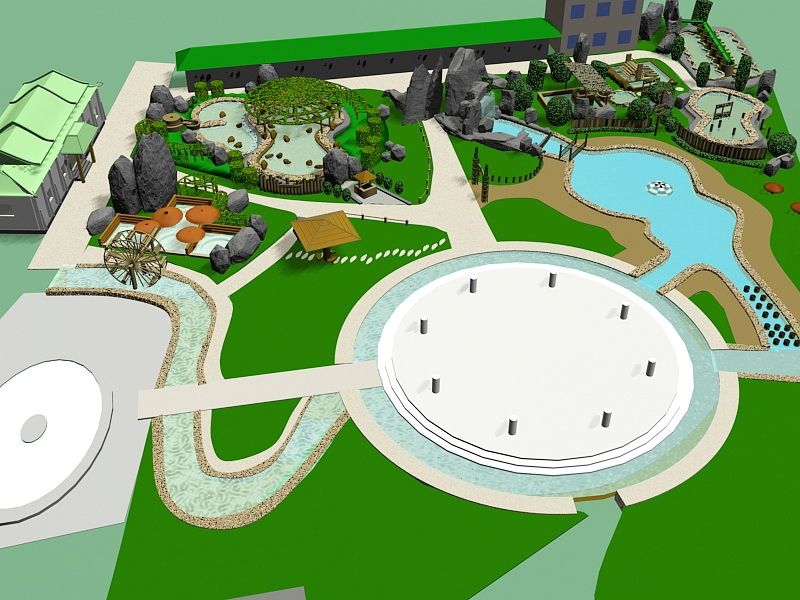
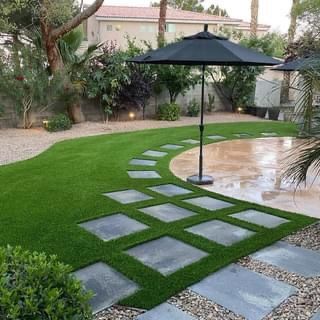
Share On: